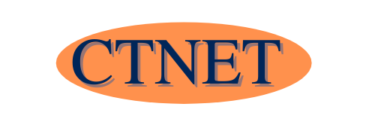In this guide, we will explore the ideas behind Tiago Forte’s PARA, an interesting concept on how you can store and manage your digital information and data.
PARA is a key component in Tiago Forte’s second brain framework. You can find out more in our summary and review of Tiago Forte’s Second Brain book, including PARA, for more information on his second brain framework.
What is PARA?
PARA is an abbreviation for Projects, Areas, Resources, and Archives. It describes the simple structure PARA uses to store your digital life, making it easy to find and track the things most important to you.
Let’s look at how you should store your data under the PARA concept. All your digital data and information is stored inside one of four folders.
Projects folder
The project folder contains data on the projects you are actively working on at this moment in time. The idea is that this will help you to remain focused on what things are most important to you and have deadlines.
Areas’s folders
It contains information on the core areas of life, such as work, family, friends and routine activities and tasks that have no deadlines.
Resources folder
The resources folder is where you store digital information, which could help you in the future. For example, I write a blog about technology and came across something interesting about Artificial Intelligence, which I might want to write about in the future.
Archive folder
The archive folder contains digital information that is no longer required. For example, your project data will be stored here once completed. Allowing it to be reused should any information relating to that project be of use in the future.
The benefits of using PARA
PARA offers a framework for storing digital information that you care about in a way that can be easily maintained while letting you find the information with relative ease, especially in partnership with the search capabilities on most systems.
It can be used across your digital system, from file storage to note management.
The system is designed to be maintained, with files moving to appropriate locations as required.
The disadvantages of using PARA
I haven’t yet implemented a PARA system for either the taking of notes or the storing of files. I will probably look to implement it at some point for my data files as my concerns relate to using it as a note-taking system.
Firstly, from a practical point of view, you could end up with duplication of notes if more than one note is used concurrently in two projects, leading to a duplication of information, reducing efficiency and adding complexity to the system.
Secondly, PARA has one major failing when it comes to notes for knowledge workers. It doesn’t encourage the formation of links between related pieces of information contained within different notes. The linking of related information creates learning, turning information into knowledge.
Of course, if the note-taking application you could start to link your notes, that would negate that problem, but would it outperform systems specifically designed for knowledge management, such as the Zettelkasten method?
Conclusion
After reading our introductory guide, you should understand what PARA is and why you should at least consider using it for your information system while bearing its strengths and weaknesses in mind.
I recommend Tiago Forte’s Second Brain and How to Take Smart Notes by Sonke Ahrens for further reading. I have linked to our review summary for both books.
If you have any questions or comments on this post, please leave them below.
